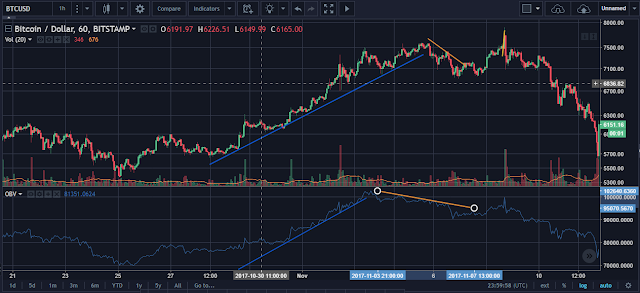Trading volume
Investors assessing the situation on
futures or crypto markets usually use the three-volume method - price, volume and number
of open orders. It is estimated that the price is the most important. The
volume and number of open interests are usually treated as confirmation
indicators, with the volume being more important.
The number of open interests or orders ranks third. Analytical research proves that apart from the observation of
price movements, tracking of volume and the number of open interests sometimes brings important indications as to the direction of the market. With
this in mind, a diligent investor should follow all these values. The volume is
the number of exchanges or contracts concluded in the defined period. The number of open interests is the number of non-liquidated contracts or book orders by the end of the period.
Tips for interpreting the volume and number of open orders.
Investors should observe changes in the volume
and number of open book orders when assessing the market condition. The general
rules for interpretation are presented below:
OBV (On Balance Volume) line
The OBV line works well to analyze the
capital flow accompanying the price movements. The construction of
the OBV line is quite simple. Depending on changes in the price (increase
or decrease), the volume is assigned a positive or negative value,
respectively. The increase in the crypto price translates into recognition
of the volume with the positive sign, while the price decreases the
negative volume.
We receive current cumulative balances by adding or
subtracting the volume from each day, depending on the direction of the
price. The rate does not matter in the case of OBV
lines, while the direction of the OBV lines is important. When analyzing the
OBV curve investors should use the trend line too.



0 comments:
Post a Comment